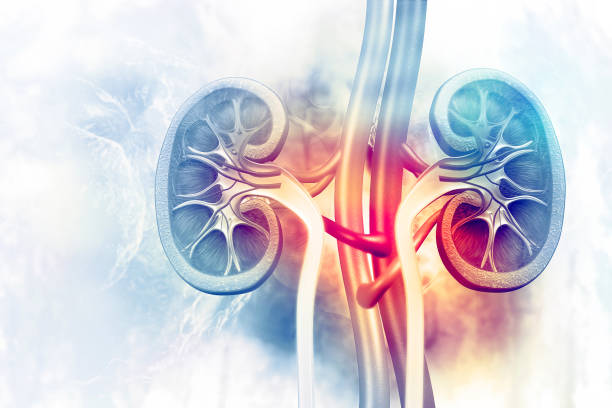About Urology
The urinary tract is your body’s drainage system for removing urine. Urine is composed of wastes and water. The urinary tract includes your kidneys, ureters, and bladder. To urinate normally, the urinary tract needs to work together in the correct order.
Urologic diseases or conditions include urinary tract infections, kidney stones, bladder control problems, and prostate problems, among others. Some urologic conditions last only a short time, while others are long-lasting.

